Tax-Free Capital Gains for Some
Taxpayers in the two lowest brackets will pay no tax on their 2010 capital gains.

The stock market’s rebound from its nadir in March 2009 means many investors are back in the money. And some them will owe no tax on the profits they cashed in last year when they file their 2010 tax return this spring.
Normally, capital gains and qualified dividends are taxed at a maximum rate of 15% -- a bargain compared with the top income tax rate of 35%. But for 2010 (and through 2012), investors in the two lowest income tax brackets will pay no tax on their capital gains and dividends.
Timing matters
To qualify for preferential capital-gains treatment, you must hold shares of your stocks or mutual funds for more than a year before selling. (This applies to assets in taxable accounts, but not those in retirement accounts. Profits inside a tax shelter are not taxed when the gains are realized, but are taxed at your ordinary rates upon withdrawal.) Short-term capital gains on assets held less than a year are taxed at a maximum 35%.

Sign up for Kiplinger’s Free E-Newsletters
Profit and prosper with the best of expert advice on investing, taxes, retirement, personal finance and more - straight to your e-mail.
Profit and prosper with the best of expert advice - straight to your e-mail.
To figure your tax liability on your investments, you must first match any short-term gains with short-term losses and long-term gains with long-term losses. If, after netting capital gains and losses, you are left with a capital gain, it is taxed at a maximum 15% -- or, depending on your tax bracket, 0%.
But if you are left with a loss, you can use it to offset up to $3,000 of ordinary income, such as wages, and carry forward excess losses to future years. The key is that the loss must be real, not just a paper loss, in a taxable account. Losses in a retirement account, such as an IRA or 401(k), generally can’t be used to reduce ordinary income.
Tax-free gains
To take advantage of the 0% capital-gains rate for 2010, your taxable income can’t exceed $34,000 if you are single; $45,500 if you are a single head of household with dependents; or $68,000 if you are married filing jointly. Note that this is taxable income. That’s what’s left after you subtract personal exemptions -- worth $3,650 each in 2010 for you, your spouse and your dependents -- and your itemized deductions or standard deduction from your adjusted gross income.
The standard deduction for 2010 is $5,700 for individuals; $8,400 for heads of households; and $11,400 for married couples. Plus, there’s an added standard deduction of $1,100 per person for married individuals 65 or older and $1,400 for single filers 65 or older.
Any gains that lift your income above that threshold would be taxed at the maximum 15% capital-gains rate.
Likely candidates to benefit from the 0% tax rate include retirees, who have a higher standard deduction than younger taxpayers and who are not taxed on some of their Social Security benefits, and the unemployed, who may have had to tap their investments to make ends meet.
One group of taxpayers who won’t benefit from the zero capital-gains rate are children affected by the “kiddie tax.” Dependent children under 19 and full-time students under 24 are affected by the special rule that applies their parent’s higher tax rate to investment income they received in 2010 in excess of $1,900.
Advice for fund investors
If, like most investors, your mutual fund dividends are automatically used to buy extra shares, remember that each reinvestment increases your tax basis in the fund. That, in turn, reduces the taxable capital gain (or increases the tax-saving loss) when you redeem shares. Forgetting to include the reinvested dividends in your basis results in double taxation of the dividends -- once when you receive them and later when they’re included in the proceeds of the sale. Don’t make that costly mistake. If you’re not sure what your basis is, ask the fund for help.
Get Kiplinger Today newsletter — free
Profit and prosper with the best of Kiplinger's advice on investing, taxes, retirement, personal finance and much more. Delivered daily. Enter your email in the box and click Sign Me Up.

-
 Stock Market Today: Stocks Soar on China Trade Talk Hopes
Stock Market Today: Stocks Soar on China Trade Talk HopesTreasury Secretary Bessent said current U.S.-China trade relations are unsustainable and signaled hopes for negotiations.
By Karee Venema
-
 2026 Disney Dining Plan Returns: Free Dining for Kids & Resort Benefits
2026 Disney Dining Plan Returns: Free Dining for Kids & Resort BenefitsPlan your 2026 Walt Disney World vacation now. Learn about the returning Disney Dining Plan, how kids aged three to nine eat free, and the exclusive benefits of staying at a Disney Resort hotel.
By Carla Ayers
-
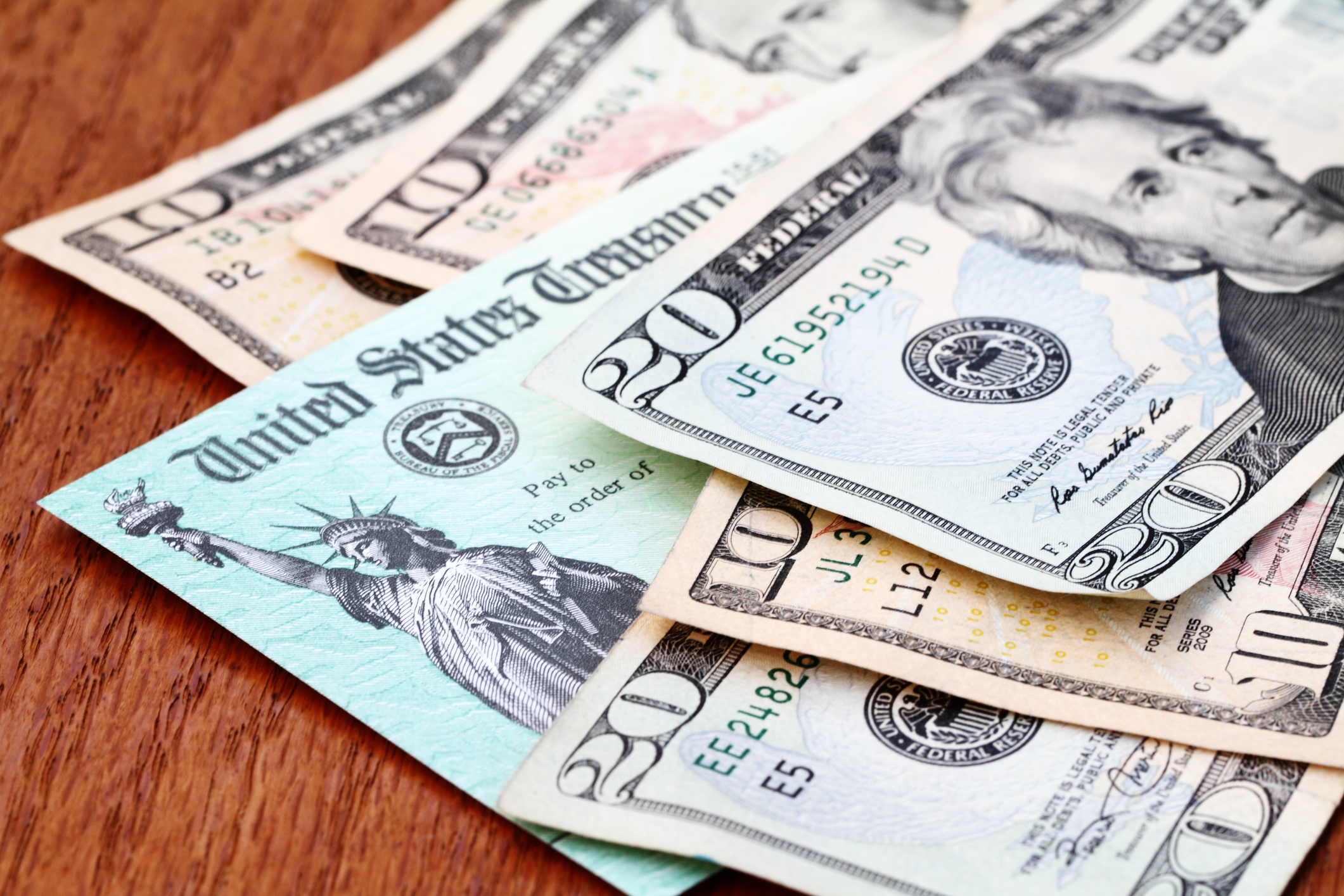 Missed Tax Day? Nearly One Million Taxpayers Still Can File and Claim Valuable Tax Refunds
Missed Tax Day? Nearly One Million Taxpayers Still Can File and Claim Valuable Tax RefundsTax Refunds As many as one million taxpayers could be missing out on a significant tax refund.
By Gabriella Cruz-Martínez
-
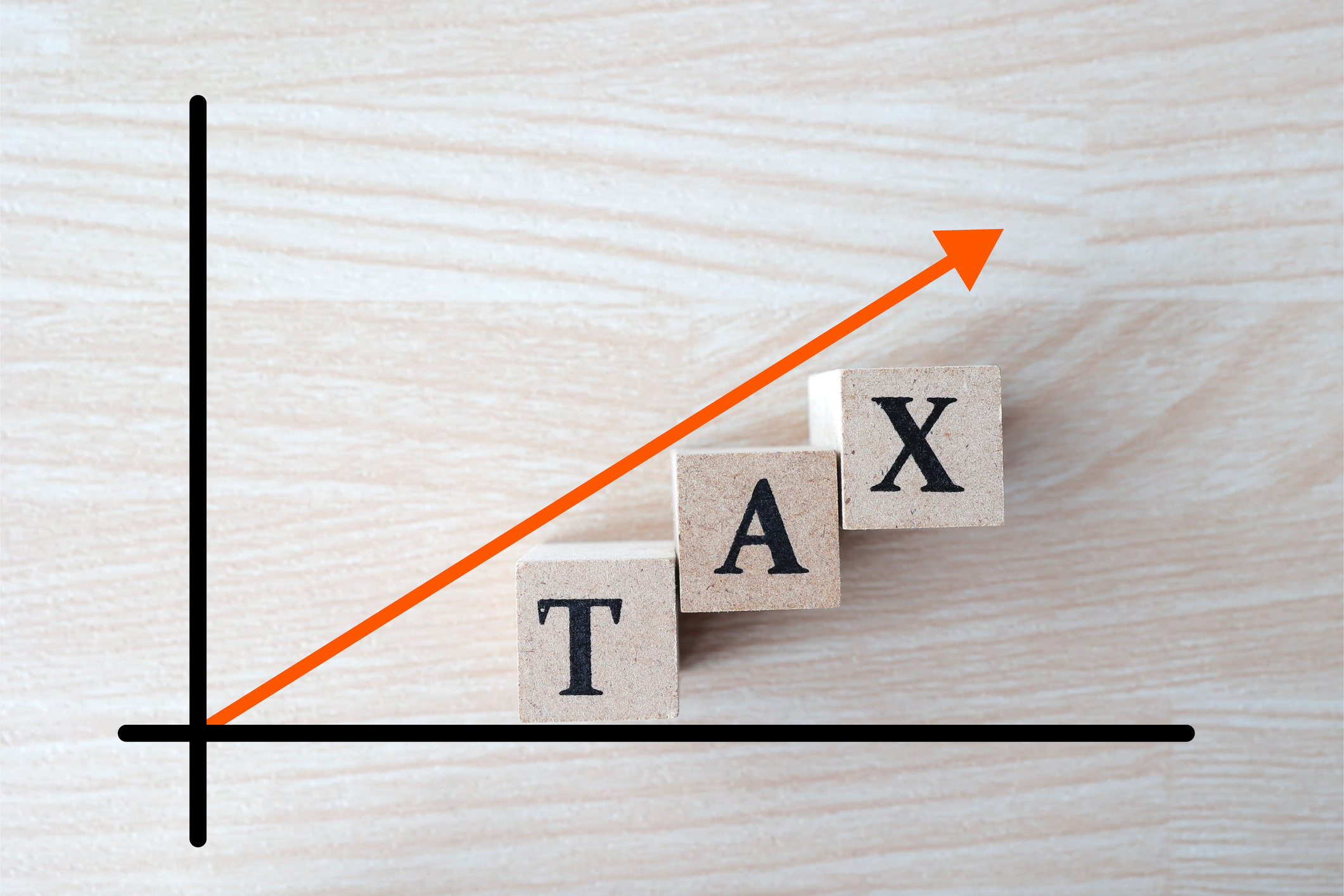 Which Generation Pays the Most Tax in the US?
Which Generation Pays the Most Tax in the US?Tax Burden Polls show that most people feel like taxes are unfair. But which age group bears the brunt of the tax burden in the United States?
By Kelley R. Taylor
-
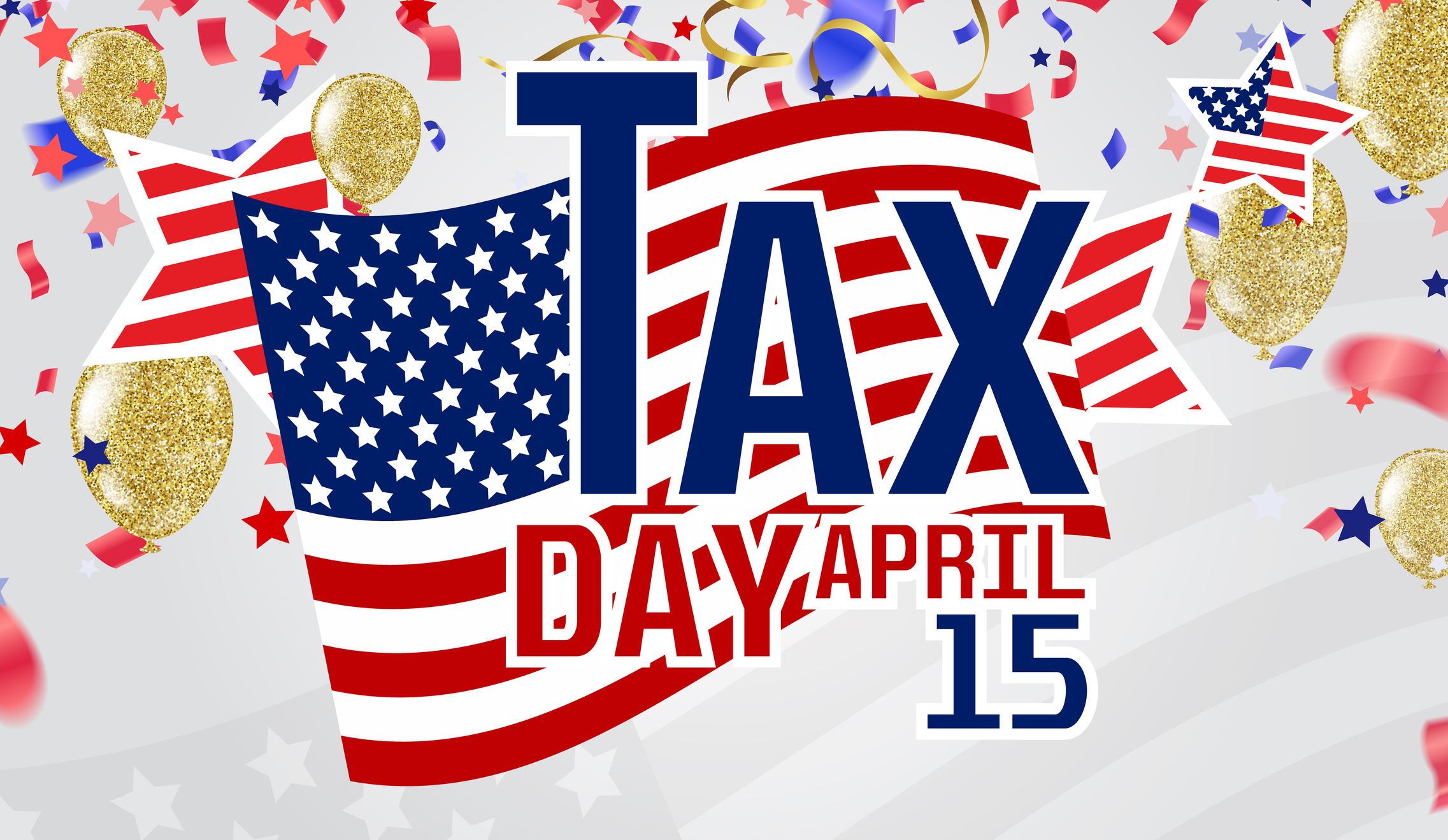 Tax Day 2025: Don’t Miss These Freebies, Food Deals and Discounts
Tax Day 2025: Don’t Miss These Freebies, Food Deals and DiscountsTax Day You can score some sweet deals on April 15 in some select restaurants like Burger King, Shake Shack, and more.
By Gabriella Cruz-Martínez
-
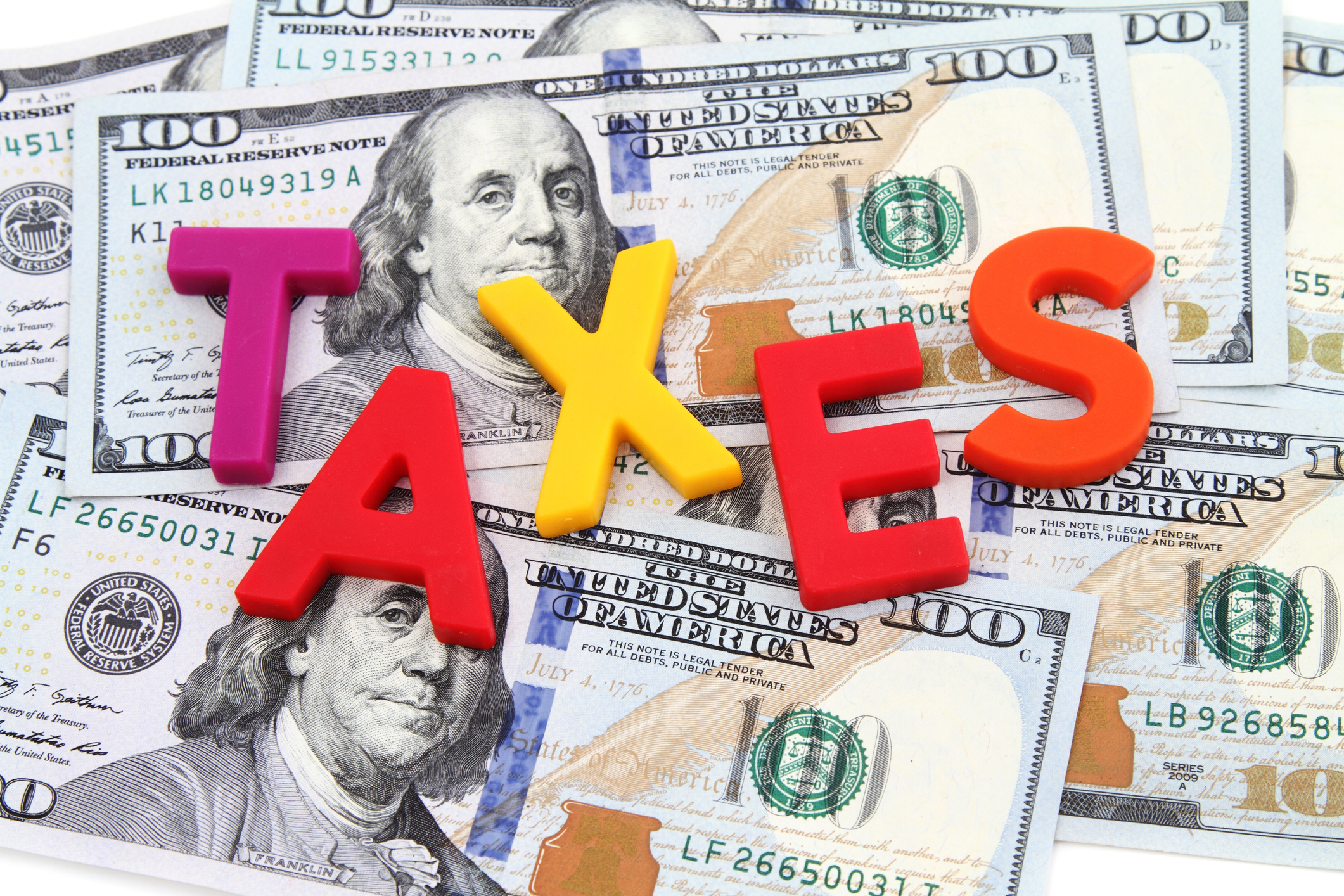 Tax Time: Does Your Kid Influencer Owe Taxes?
Tax Time: Does Your Kid Influencer Owe Taxes?State Tax Some minors are making big money on social media. Here’s how to know if they need to file taxes.
By Gabriella Cruz-Martínez
-
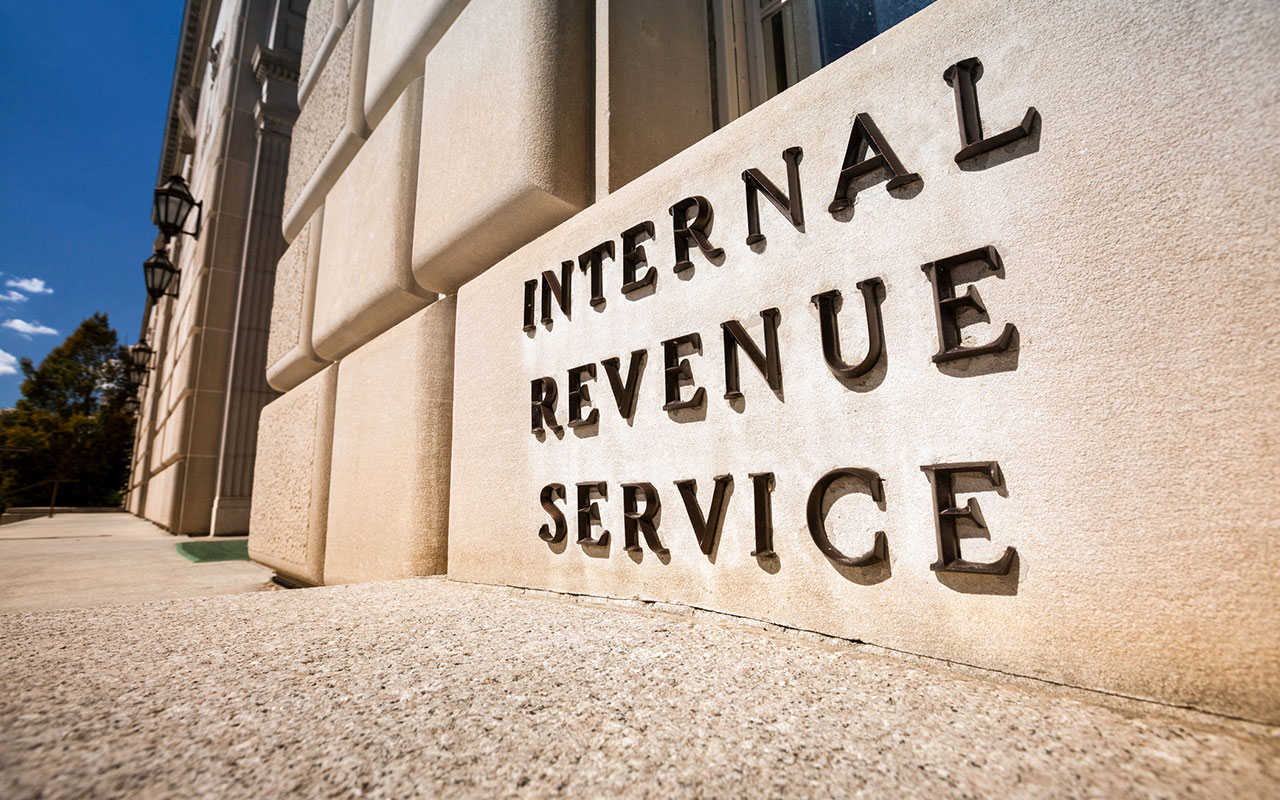 Trump Plans to Terminate IRS Direct File program
Trump Plans to Terminate IRS Direct File programTax Filing The IRS Direct File program was piloted last year in 12 states and has since expanded to 25. But will it last under the Trump administration?
By Gabriella Cruz-Martínez
-
 How Caregivers for Adults Can Save on Taxes in 2025
How Caregivers for Adults Can Save on Taxes in 2025Tax Breaks Caring for your parent or spouse can be stressful, but the IRS offers tax breaks for qualifying taxpayers. Here they are.
By Kate Schubel
-
 U.S. Treasury to Eliminate Paper Checks: What It Means for Tax Refunds, Social Security
U.S. Treasury to Eliminate Paper Checks: What It Means for Tax Refunds, Social SecurityTreasury President Trump signed an executive order forcing the federal government to phase out paper check disbursements by the fall.
By Gabriella Cruz-Martínez
-
 IRS Layoffs Spark Delays, Doubt This Tax Season
IRS Layoffs Spark Delays, Doubt This Tax SeasonTax Season Tax experts say Trump’s downsizing of the IRS is already causing problems.
By Gabriella Cruz-Martínez